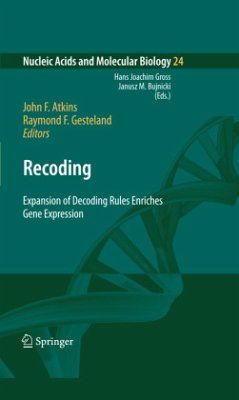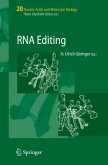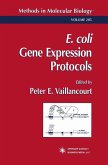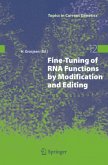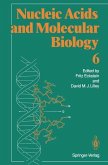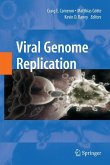The literature on recoding is scattered, so this superb book ?lls a need by prov- ing up-to-date, comprehensive, authoritative reviews of the many kinds of recoding phenomena. Between 1961 and 1966 my colleagues and I deciphered the genetic code in Escherichia coli and showed that the genetic code is the same in E. coli, Xenopus laevis, and guinea pig tissues. These results showed that the code has been c- served during evolution and strongly suggested that the code appeared very early during biological evolution, that all forms of life on earth descended from a c- mon ancestor, and thus that all forms of life on this planet are related to one another. The problem of biological time was solved by encoding information in DNA and retrieving the information for each new generation, for it is easier to make a new organism than it is to repair an aging, malfunctioning one. Subsequently, small modi?cations of the standard genetic code were found in certain organisms and in mitochondria. Mitochondrial DNA only encodes about 10-13 proteins, so some modi?cations of the genetic code are tolerated that pr- ably would be lethal if applied to the thousands of kinds of proteins encoded by genomic DNA.
Bitte wählen Sie Ihr Anliegen aus.
Rechnungen
Retourenschein anfordern
Bestellstatus
Storno

